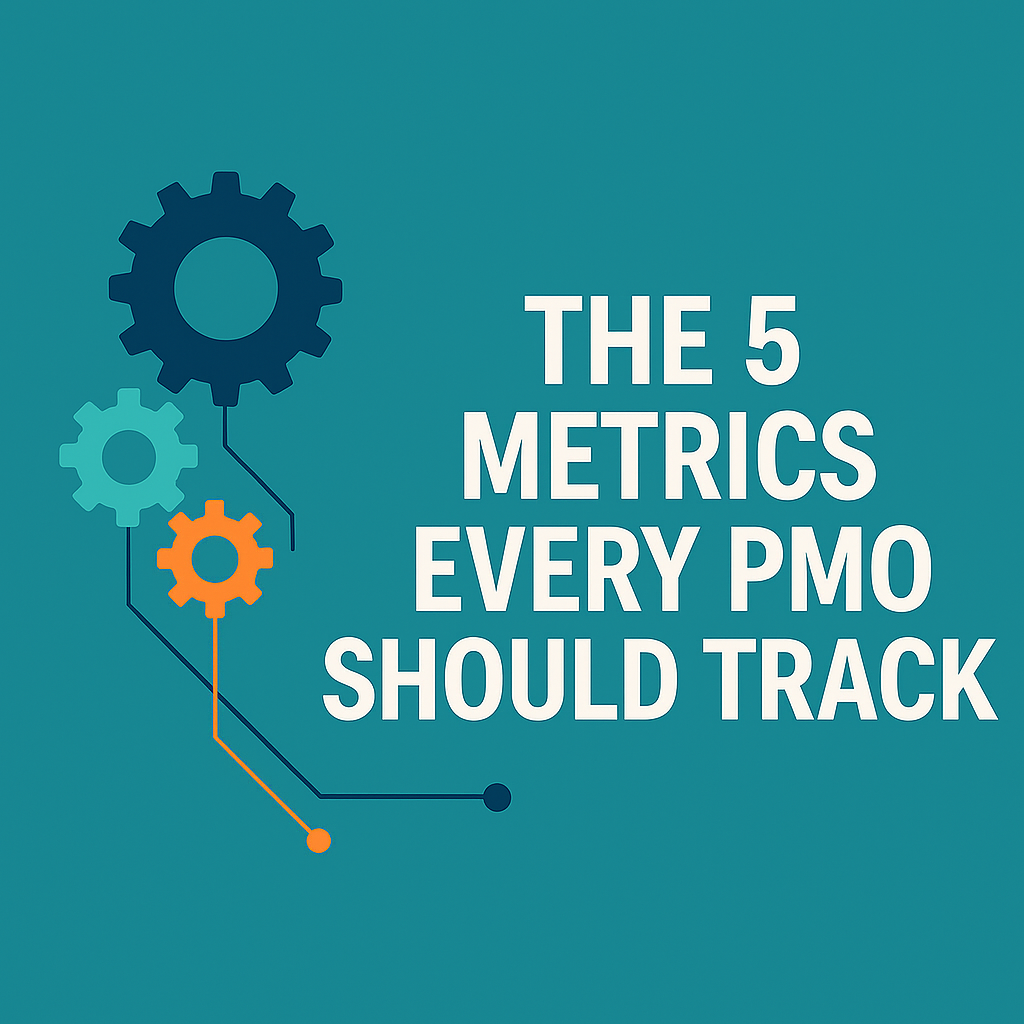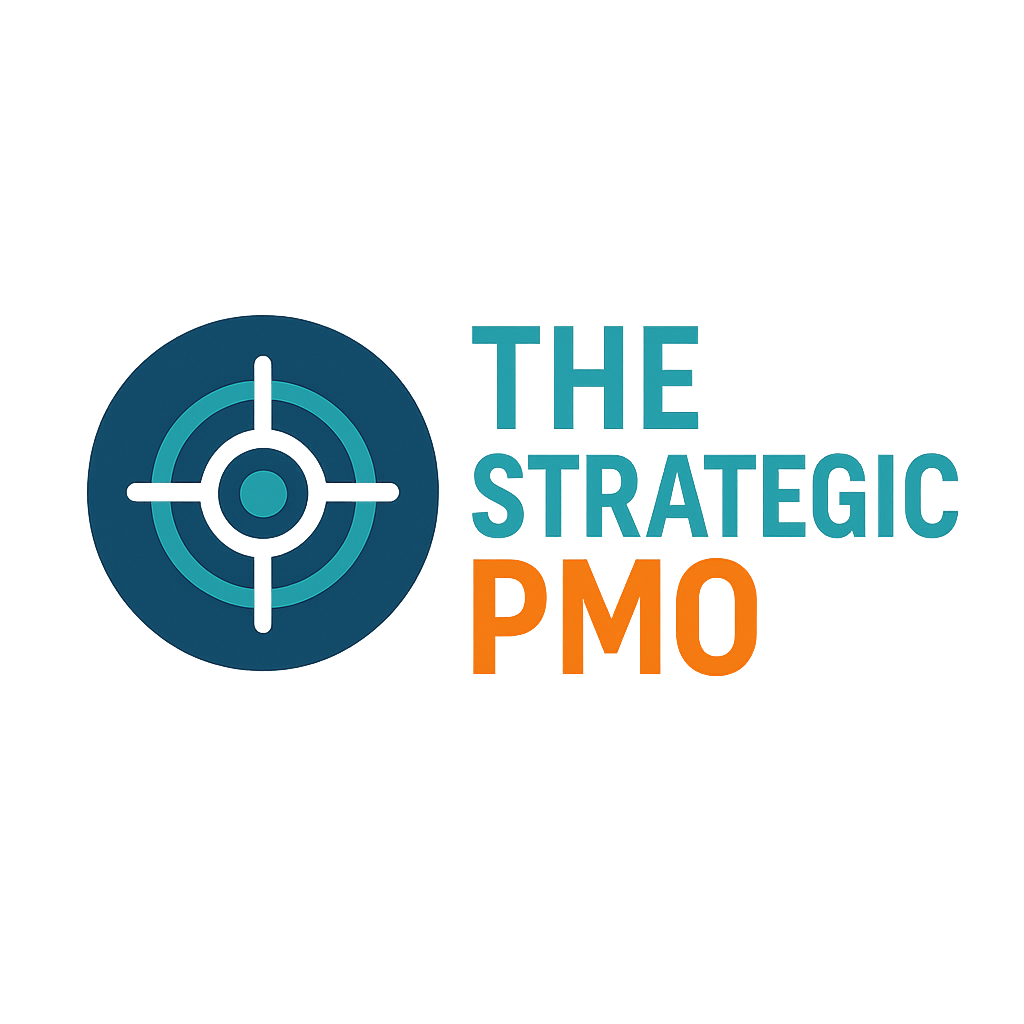The 5 Metrics Every PMO Should Track
A PMO’s value isn’t in how much data it collects — it’s in the insight that data creates. These five core metrics help transform reports into strategic decisions and show how your PMO truly drives delivery.

Turning Data into Decisions that Drive Delivery
A PMO’s real value isn’t in how much data it collects — it’s in the story that data tells. Too often, PMOs measure everything except what executives actually care about: predictability, performance, and impact.
These five metrics form the backbone of any PMO that wants to connect execution to enterprise strategy.
1. Delivery Predictability
Why it matters: Predictability is the clearest sign of delivery health. Executives need to know they can trust commitments.
How to measure it:
- % of projects delivered on time vs. baseline
- Average variance between planned and actual delivery dates
- Three-month rolling trend to spot improvement or slippage
Use it to: Reveal systemic blockers, strengthen planning discipline, and forecast capacity with confidence.
2. Budget Accuracy
Why it matters: Staying on budget is one thing — forecasting accurately is another. Budget variance reflects how well you estimate, manage scope, and adapt when change happens.
How to measure it:
- % variance between forecasted and actual spend
- Earned Value metrics (CPI/SPI) for large programs
- Trend of reforecast variance over time
Use it to: Sharpen estimation models and prove cost predictability to Finance and leadership.
3. Portfolio Alignment
Why it matters: Every project should tie directly to a strategic objective. Without alignment, even “successful” projects can drain focus and dilute ROI.
How to measure it:
- % of initiatives mapped to top-level OKRs or priorities
- Weighted Portfolio Score (benefit vs. effort)
- % of total spend on aligned vs. non-aligned work
Use it to: Rationalize the portfolio and redirect investment toward the work that truly moves the business.
4. Resource Utilization & Capacity
Why it matters: Over-allocating burns people out; under-allocating wastes money. A PMO’s role is to balance throughput with sustainability.
How to measure it:
- Utilization rate (% of available hours committed)
- Demand vs. capacity gap by function or team
- Quarterly trend of workload balance
Use it to: Guide capacity planning and make prioritization decisions backed by data.
5. Benefits Realization
Why it matters: Delivery isn’t the finish line — it’s the starting point. The real question is whether the promised value shows up.
How to measure it:
- % of projects achieving their defined ROI or benefit targets
- Average time to value (how long before outcomes are realized)
- Benefit realization rate by theme or portfolio segment
Use it to: Close the loop between strategy, execution, and measurable business impact.
When PMOs focus on outcomes over activity and insight over information, they shift from being a reporting function to becoming a driver of performance.
Start with these five metrics. Track them consistently. Then use the trends — not the snapshots — to tell the story of how your PMO delivers real, repeatable value.

